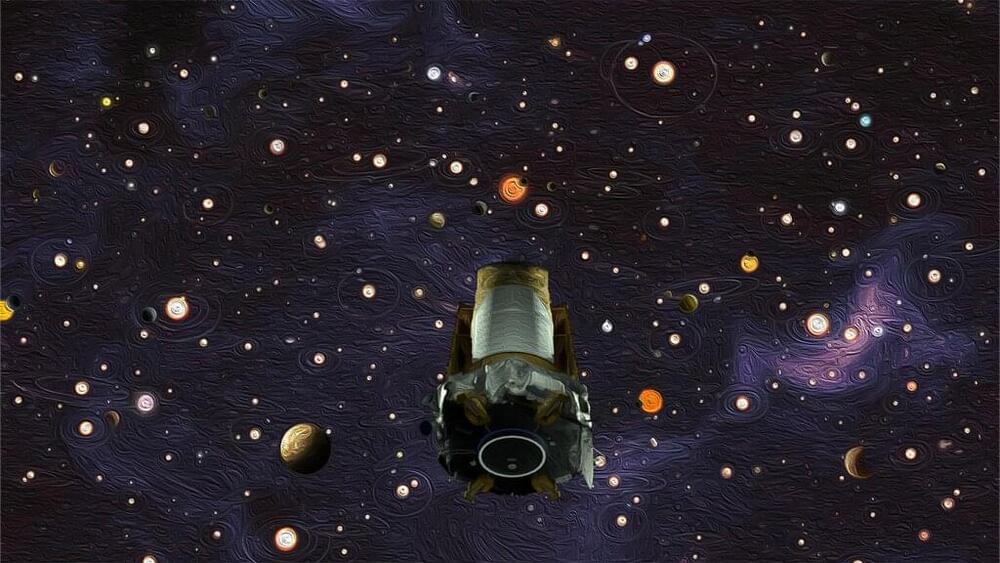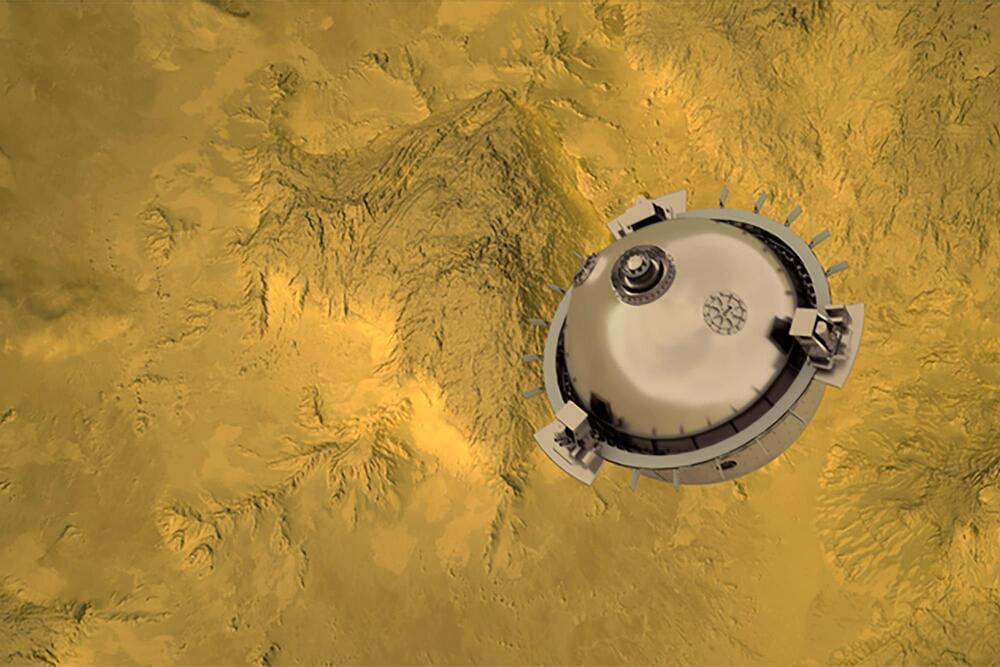In the past decades, the number of known exoplanets—planets in other solar systems—has skyrocketed. But we’re still in the dark about a number of details, including how massive they are and what they’re made up of.
A University of Chicago undergraduate, however, was able to tease some clues out of data that most scientists had overlooked.
Jared Siegel, B.S. ‘22, spent six months analyzing data taken by a NASA spacecraft. Some of this data was full of statistical noise, making it hard to differentiate planets from other phenomena; but Siegel and his advisor, astrophysicist Leslie Rogers, were able to extract useful information about these planets, setting an upper bound on how massive they could be.







